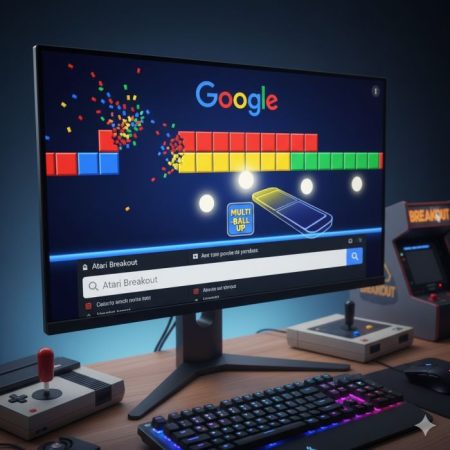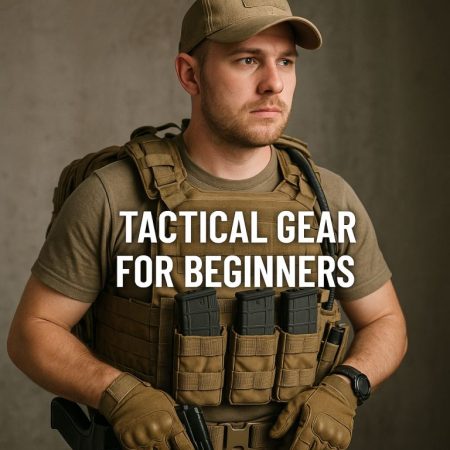Renovations, DIY projects, and upgrades in your home can be a lot more fun when you have a handle on the basics of electrical wiring. Understanding electrical code is essential for DIY homeowners. The process sets forth specific requirements for the installation and use of electrical equipment in homes and is designed to protect both the homeowner and the property.
With just a few basic concepts, you can connect any electrical device in your home, and stay safe while you do it! In this article, we’ll take a look at some of the basics of electrical wiring, and show you how to connect devices using various outlets and connectors.
The Basics of Electrical Wiring
Wiring comes in different gauges, and most electrical wiring for the DIY home improvement project is a 12-gauge wire. There are different gauges of electrical wiring for the DIY home improvement project, and they are sized according to the current that flows through them.
The size of the wire is also important because it’s what will determine how much voltage will flow through the wire. The higher the voltage, the more power that can flow through the wire.
How Electrical Schematic Diagrams Are Drawn
The drawing below is an electrical schematic diagram for a light fixture. As you can see, this light fixture has a switch and a light attached to it. To find out how to wire this light fixture, let’s take a look at the drawing and see what we can learn from it.
Wiring A Switch
When wiring a switch, you need to know how to wire a switch. To start off, you can take a look at the drawing above and see that there are two wires coming out of the switch. These two wires are used to connect to the two terminals on the light fixture.
Wiring A Light
When wiring a light fixture, you need to connect the two wires coming out of the switch to two terminals on the light fixture. You can see that there are two terminals on the light fixture. The other two wires coming out of the switch will be connected to these two terminals on the light fixture.
Connecting The Outlets To The Light Fixture
Once you have wired the switch, you can connect the wires coming out of the switch to the terminals on the light fixture. To do this, you will need to use a wire nut to connect each wire coming out of the switch to each terminal on the light fixture.
When connecting these wires together, make sure that they are tightly connected with a wire nut. The tighter you connect them together, the safer it will be for them to work properly. If you have to disconnect them for any reason, make sure that you have a wire nut on each one so they won’t come loose.
The Power Source And Grounding Devices
Once you have wired all of your outlets and lights, you’ll want to make sure that all of your outlets and lights are connected to a power source or grounding device. This will make sure that they won’t be damaged when they are working properly. You can use a power bar or a circuit breaker box or even a power strip. All of these devices will help make sure that your outlets and lights are always connected to electricity.
Understanding Circuit Breakers, Voltage and Current Ratings
When wiring an outlet, you need to understand circuit breakers, voltage and current ratings. When wiring an outlet, you will need to connect this outlet to an electrical circuit breaker or circuit breaker box. When wiring an outlet, you will also need to know what type of breaker or circuit breaker box this outlet is connected to. This is important because it will determine how much voltage and current can flow through this outlet when it’s working properly.
Additional Wiring Supplies You’ll Need For Your Home Improvement Project
- Wire nuts: These are used when wiring outlets and lights together. They are used when connecting two wires together so they can work properly and safely. They have a flat side and a round side, and they are used in electrical circuits so they can work properly
- Wire strippers: These are used in electrical circuits so they can be cut off when needed
- Wire connectors: These are used in electrical circuits so they can be connected together
- Electrical tape: This is used in electrical circuits so it can be wrapped around things
- Electrical tape gun: This is used in electrical circuits so it can be used for wrapping around things
- Electrical tape dispenser: This is used in electrical circuits so it can be used for wrapping around things
- Electrical tape rolls: These are used in electrical circuits so they can be unrolled
So now that you understand how to connect the dots and wire an electrical outlet, light fixture, or another device in your home, be sure to practice what you’ve learned. Not only will you be safer while working on your home improvement project, but you’ll also be able to complete the project more quickly and easily.






